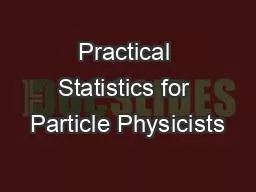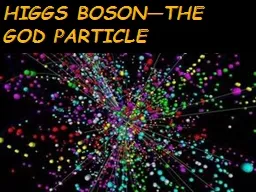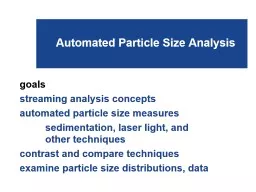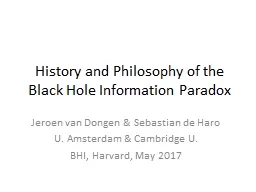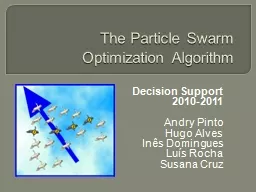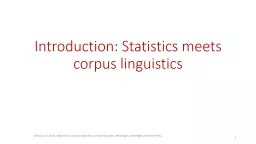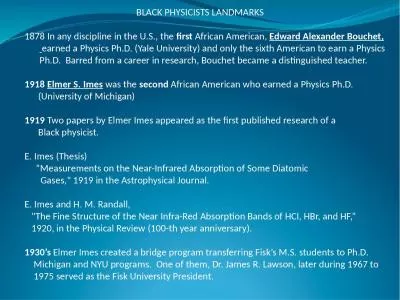PPT-Practical Statistics for Particle Physicists
Author : neoiate | Published Date : 2020-06-16
Lecture 1 Harrison B Prosper Florida State University European School of HighEnergy Physics Parádfürdő Hungary 5 18 June 2013 1 Outline Lecture 1 Descriptive
Presentation Embed Code
Download Presentation
Download Presentation The PPT/PDF document "Practical Statistics for Particle Physic..." is the property of its rightful owner. Permission is granted to download and print the materials on this website for personal, non-commercial use only, and to display it on your personal computer provided you do not modify the materials and that you retain all copyright notices contained in the materials. By downloading content from our website, you accept the terms of this agreement.
Practical Statistics for Particle Physicists: Transcript
Download Rules Of Document
"Practical Statistics for Particle Physicists"The content belongs to its owner. You may download and print it for personal use, without modification, and keep all copyright notices. By downloading, you agree to these terms.
Related Documents

